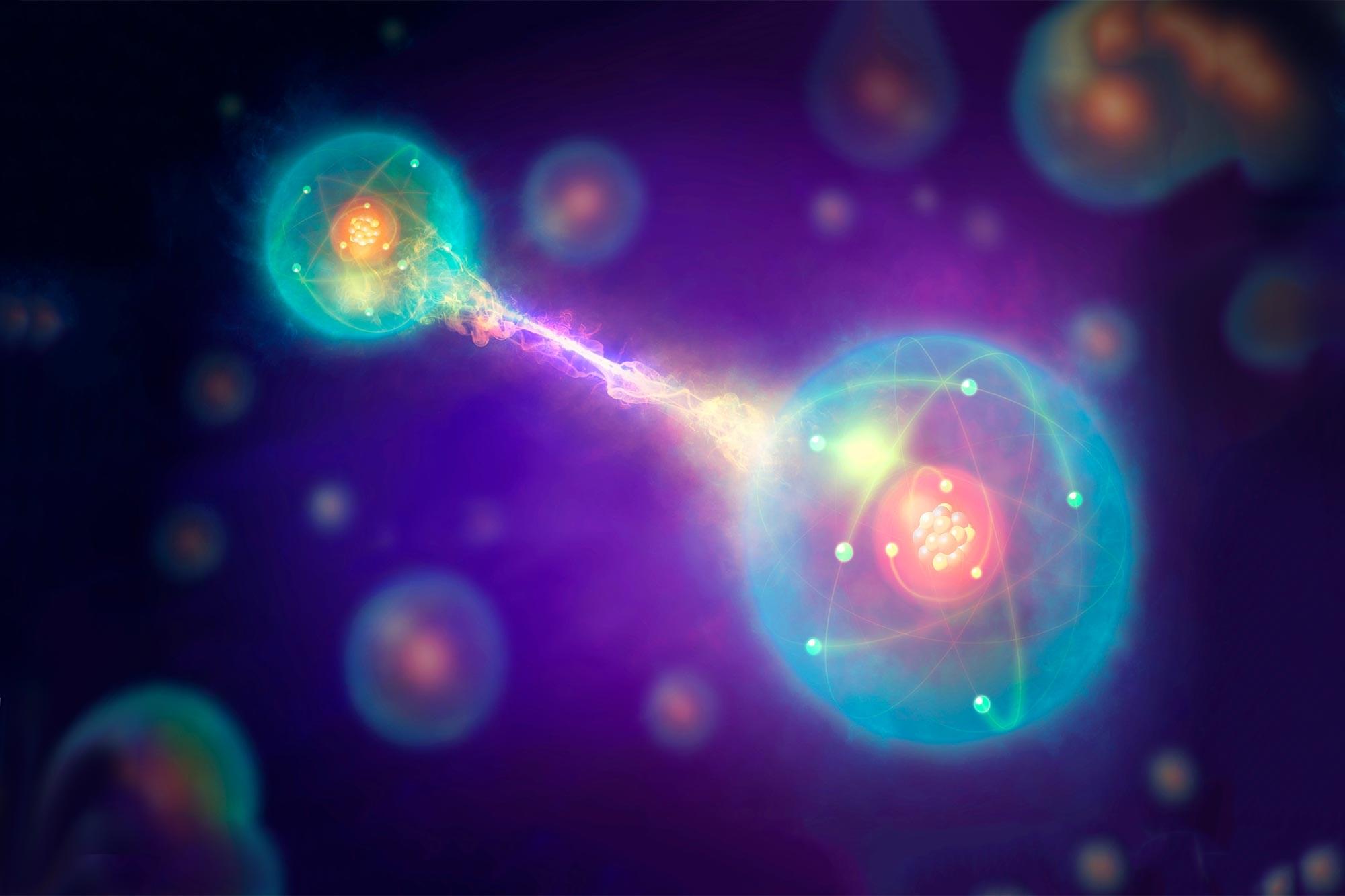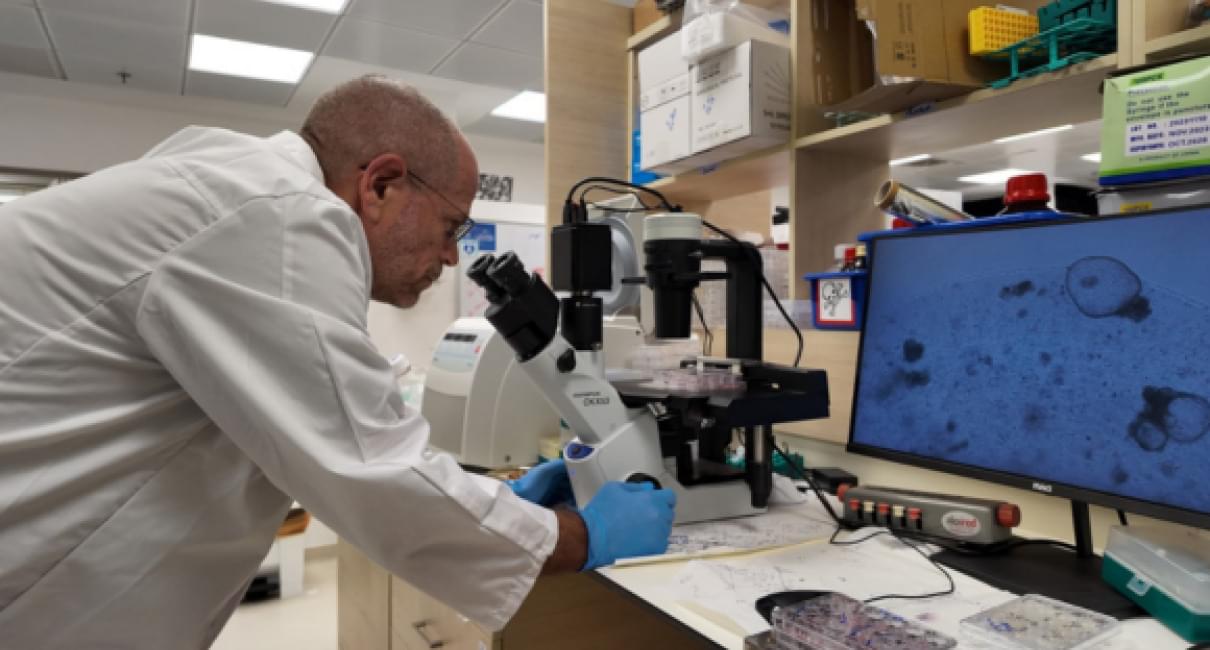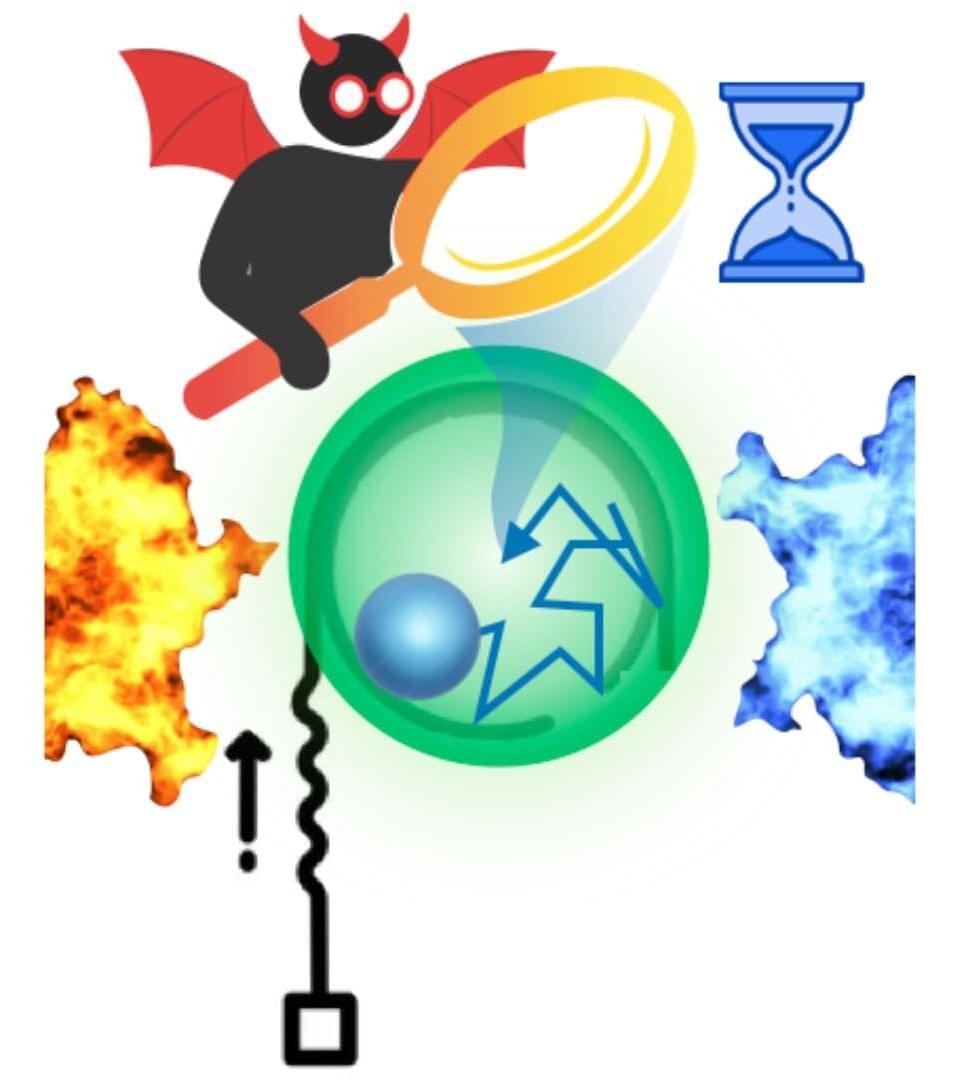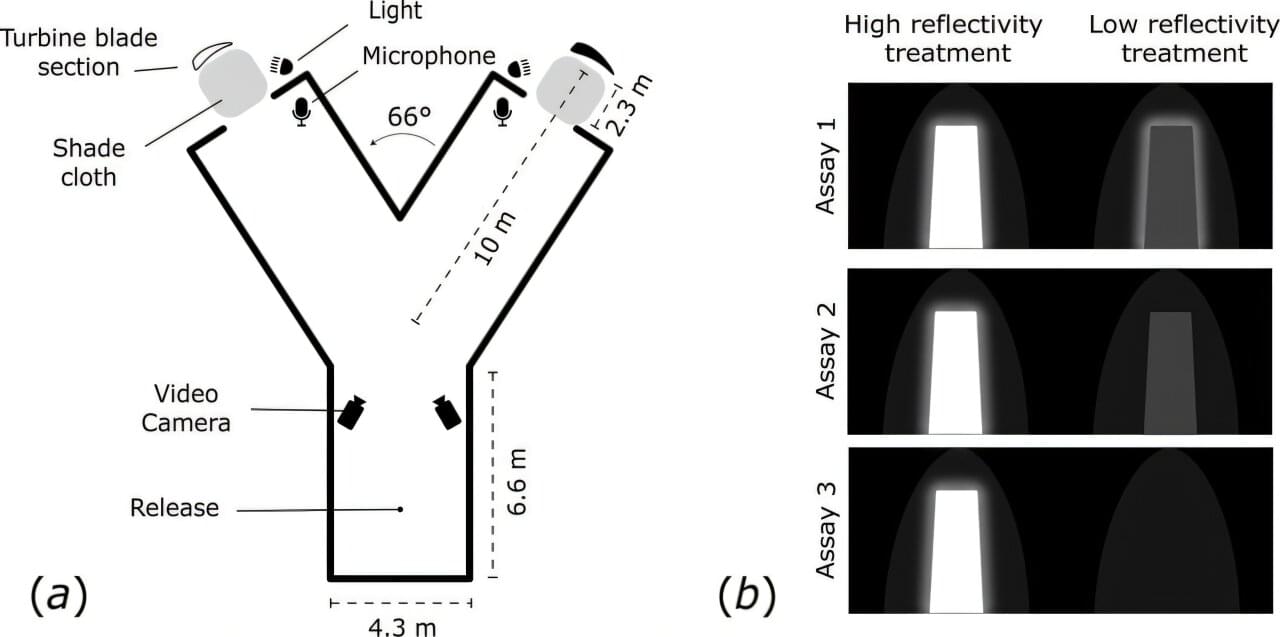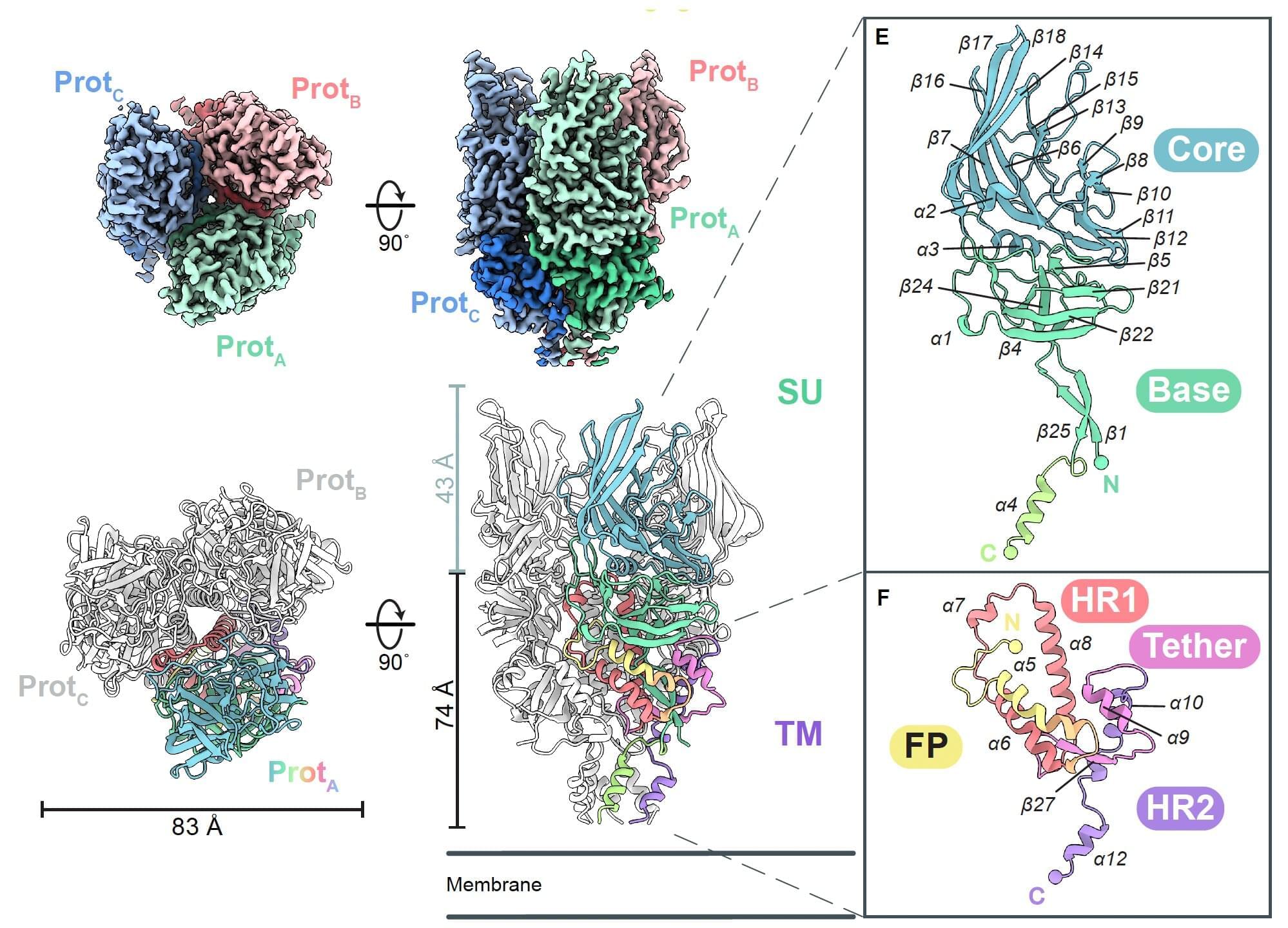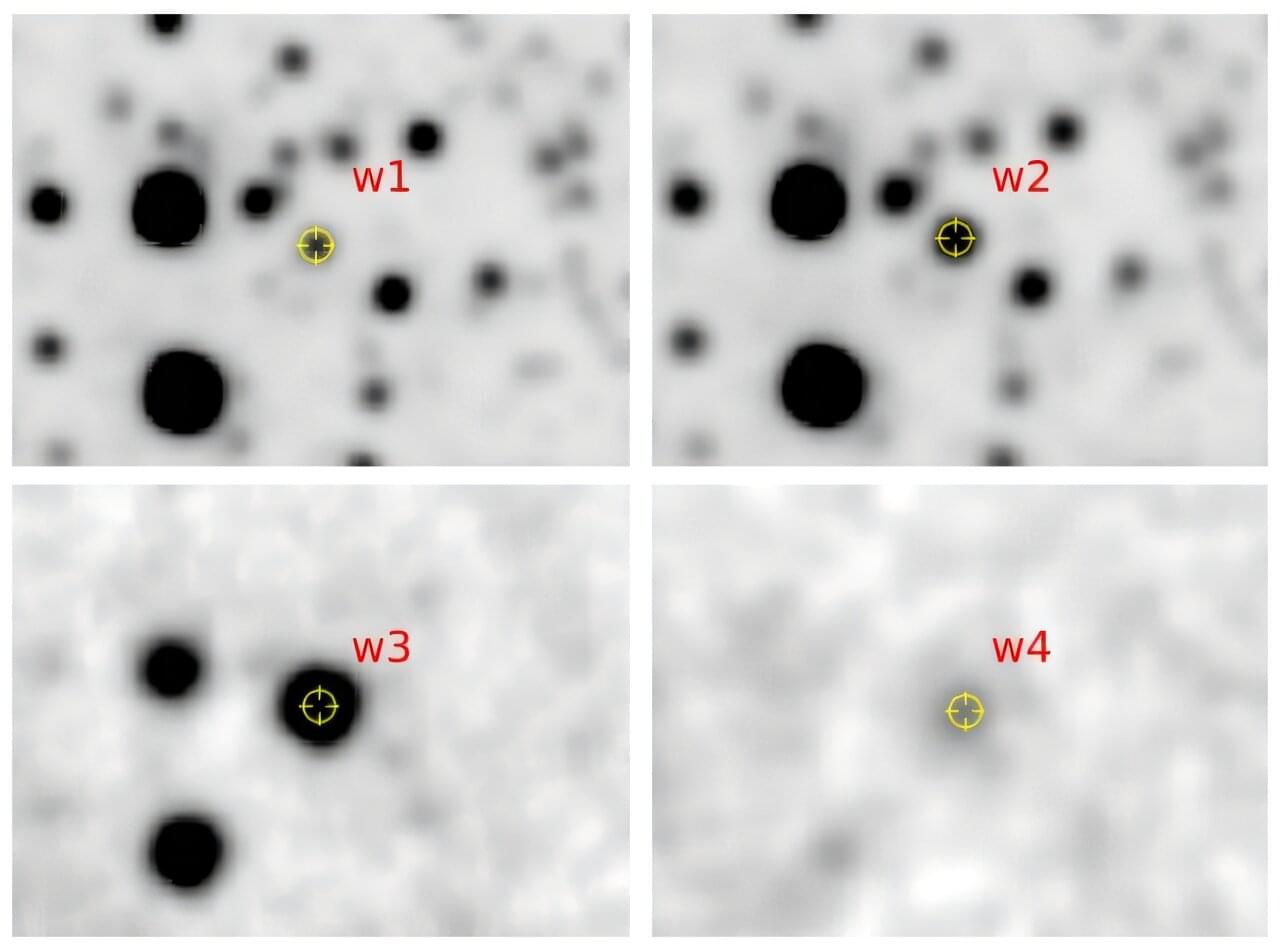A group of theoretical physicists has shown that quantum entanglement obeys universal principles in every dimension by applying thermal effective theory. Their findings were recently published in the journal Physical Review Letters, where the paper was selected as an Editors’ Suggestion.
“This study is the first example of applying thermal effective theory to quantum information. The results of this study demonstrate the usefulness of this approach, and we hope to further develop this approach to gain a deeper understanding of quantum entanglement structures,” said lead author and Kyushu University Institute for Advanced Study Associate Professor Yuya Kusuki.
